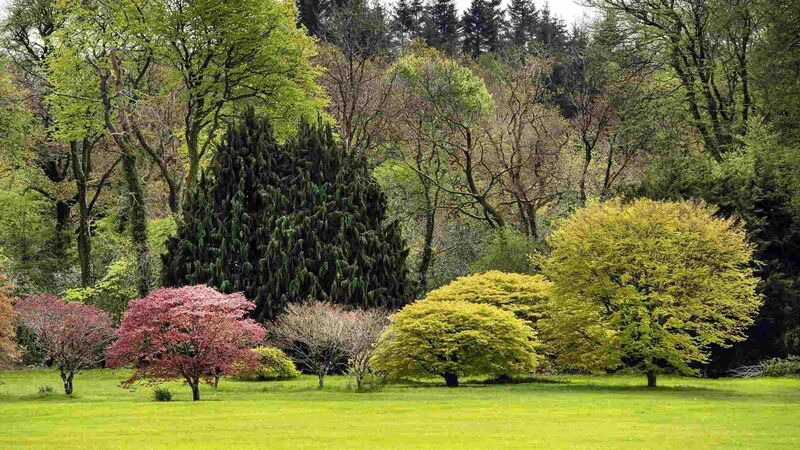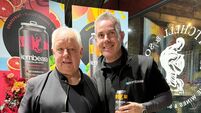In the garden: When it comes to plants and trees should we stick with native species?

The treescape at the JFK Arboretum: There have been trials of different tree species at the site over the years.
Planting native trees and shrubs in our gardens is good practice for providing habitats beneficial to our native flora and fauna.

It does take some time to see how a species reproduces and responds to our ecosystems, and in places like Avondale Forest Park in Wicklow and JFK Arboretum in Wexford, there have been trials of different tree species from all around the world for many decades now.






 App?
App?





